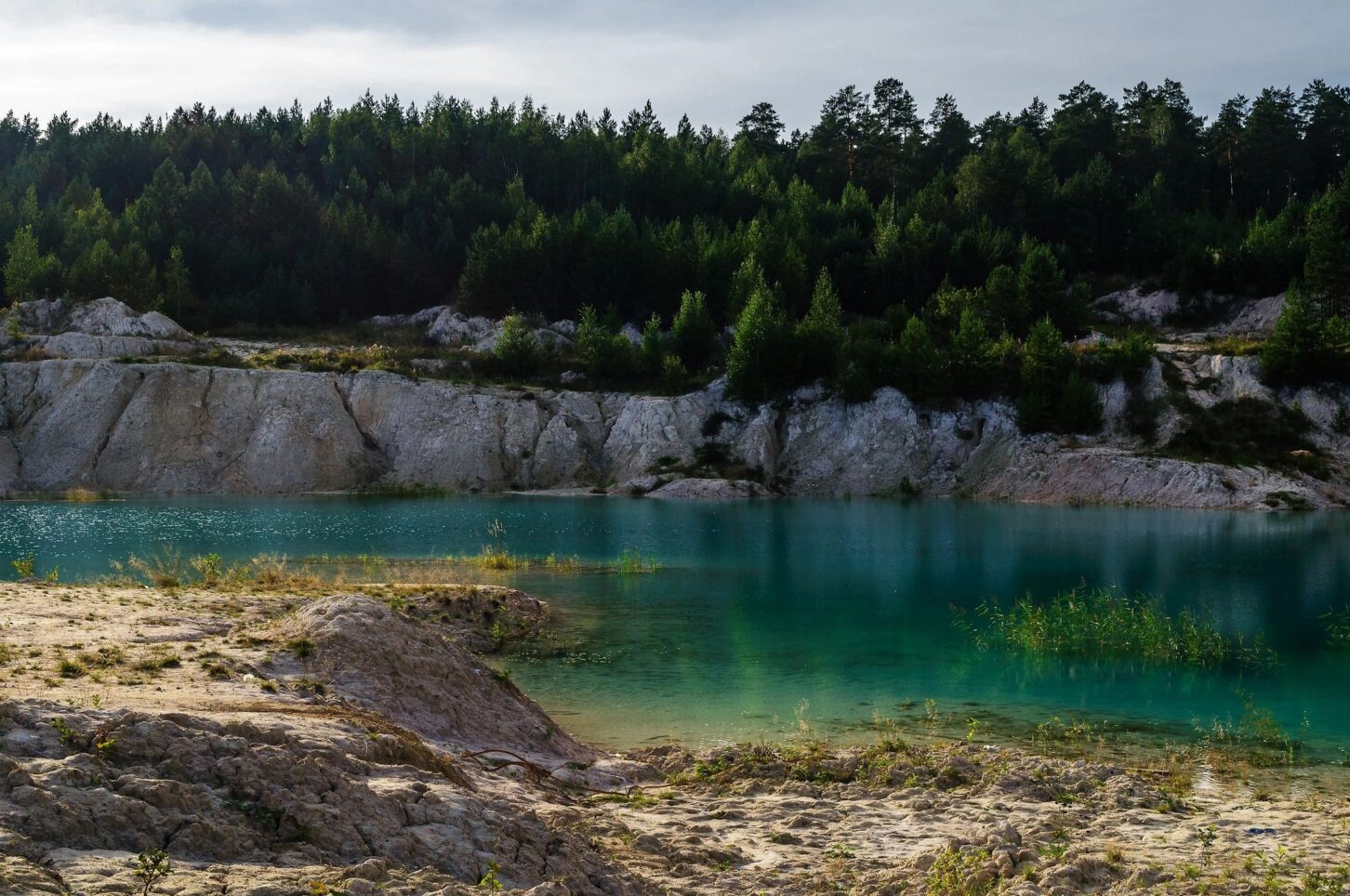
Ever since it was a small town, Atlanta has worried about its water. In a 1951 U.S. Geological Survey publication, the author wrote about the establishment in 1893 of a small plant to filter the water of the Chattahoochee River for “the growing city” of Atlanta. Some residents objected to having to drink the “muddy river water.”
By the 1950s, the “muddy river water” had been cleared, with suspended sediment decreasing by 80% compared to the 1930s. Fears of the muddy river water faded, and Atlanta has regularly arranged for its ever-growing water needs.
The same Geological Survey report said pumpage at the Atlanta Water Works increased from about 25 million gallons in 1920 to 55 million gallons in 1950. Written as construction of Buford Dam (Lake Lanier) was beginning, it predicted, “This dam and reservoir will have a profound effect upon the growth and development of the Atlanta area.”
It certainly has.
 The 15-county metro Atlanta area had slightly fewer than 1 million people in 1950. Today there are about 5.5 million. (See chart.) Water use from municipal sources increased from about 80 million gallons per day in 1950 to 510 million in 2015. And Lake Lanier is still the main source of water – about 70%.
The 15-county metro Atlanta area had slightly fewer than 1 million people in 1950. Today there are about 5.5 million. (See chart.) Water use from municipal sources increased from about 80 million gallons per day in 1950 to 510 million in 2015. And Lake Lanier is still the main source of water – about 70%.
As the chart indicates, demand for water in the metro region has been reduced. This is the result of an emphasis on conserving water use – including tiered pricing by utilities – as well as development of (and mandates for) more water-efficient appliances and systems. In fact, per capita use decreased by one-third in metro Atlanta from 2000 to 2015. This improvement was acknowledged in a recent decision at the U.S. Supreme Court, which ruled in favor of Georgia in a lawsuit brought by Florida over water usage.
Nevertheless, the ever-increasing population requires planned increases or improvements of future water supply.
Lakes Lanier and Allatoona already occupy the most favorable areas for water storage in the larger metro area. The most practical solution for water supply in a future, more populated area may involve water transfer from other river basins or development and improved usage of smaller storage basins.
The Georgia Public Policy Foundation has long been a proponent of water basin transfers. Not only are new transfers prohibited in the metro area, however, but such transfers from other river basins are typically complicated by physical, financial and political problems, and few have been suggested. The lengthy Georgia-Alabama-Florida “water wars” illustrate the political pitfalls surrounding water allocation.
A dramatic illustration of possible other solutions occurred April 17, 2020, when WABE-FM announced, “Water Begins Flowing into Atlanta’s Bellwood Quarry.” Under construction since September 2016 as part of a Beltline park project, the quarry reservoir will store water for use during shortages brought on by drought or other problems.
The quarry, described as one of America’s largest water reservoirs, can store 2.4 billion gallons, expanding Atlanta’s emergency supply to up to 90 days; previously, the city had three to five days of emergency supply.
Thirty years ago, the Georgia Environmental Protection Division proposed that then-active quarries be considered for future water storage and listed 26 with potential volumes suitable for storage. Twelve had greater capacity than Bellwood Quarry. A Cobb County quarry had an “excavation volume” of 8.67 billion gallons.
The Atlanta area is not alone in considering quarry storage. The towns of Winder and Auburn are developing an abandoned quarry to store water for joint use by 2024, while Athens-Clarke County agreed to purchase a local quarry with a storage capacity of about 5 billion gallons.
While quarries may be central and effective for storing water in some locations, existing lakes formed by dammed streams can also be modified for supply. For example, the American Society of Civil Engineers (ASCE) credited Georgia in 2019 for creating or upgrading two stream reservoirs, with a combined storage capacity of about 15 billion gallons: Paulding County’s Richland Creek Reservoir and Hard Labor Creek Reservoir in Walton County.
In fact, the Atlanta metro area has a large collection of reservoirs used to a lesser or greater extent for water supply. The Atlanta Regional Commission’s list of lakes and reservoirs in the 15-county metro area shows 53 in the size range of 50-800 acres, with a combined area greater than that of Lake Lanier.
In combination with continued water efficiency and pricing, improved use of abandoned quarries and these smaller reservoirs might be a practical way of ensuring Atlanta’s water supply for many years to come.
